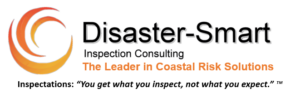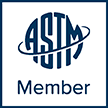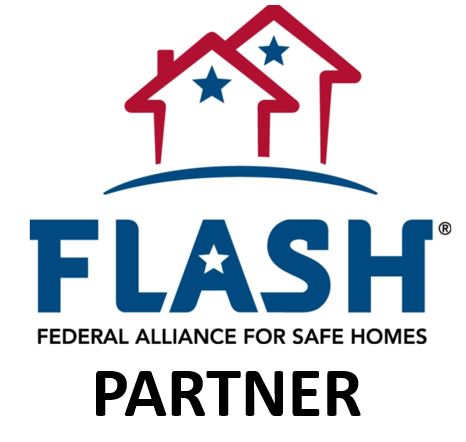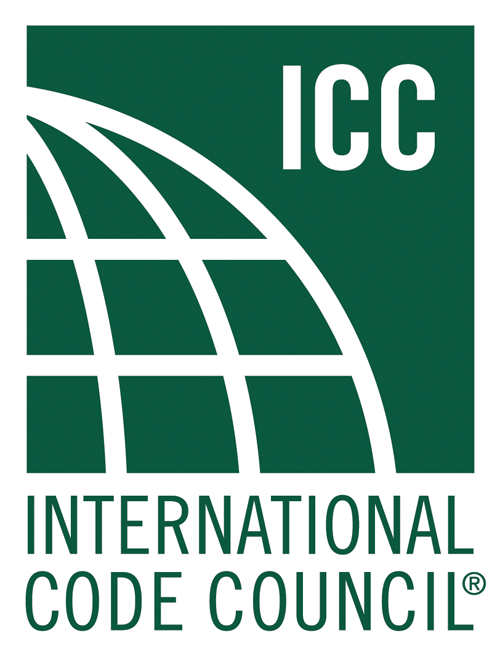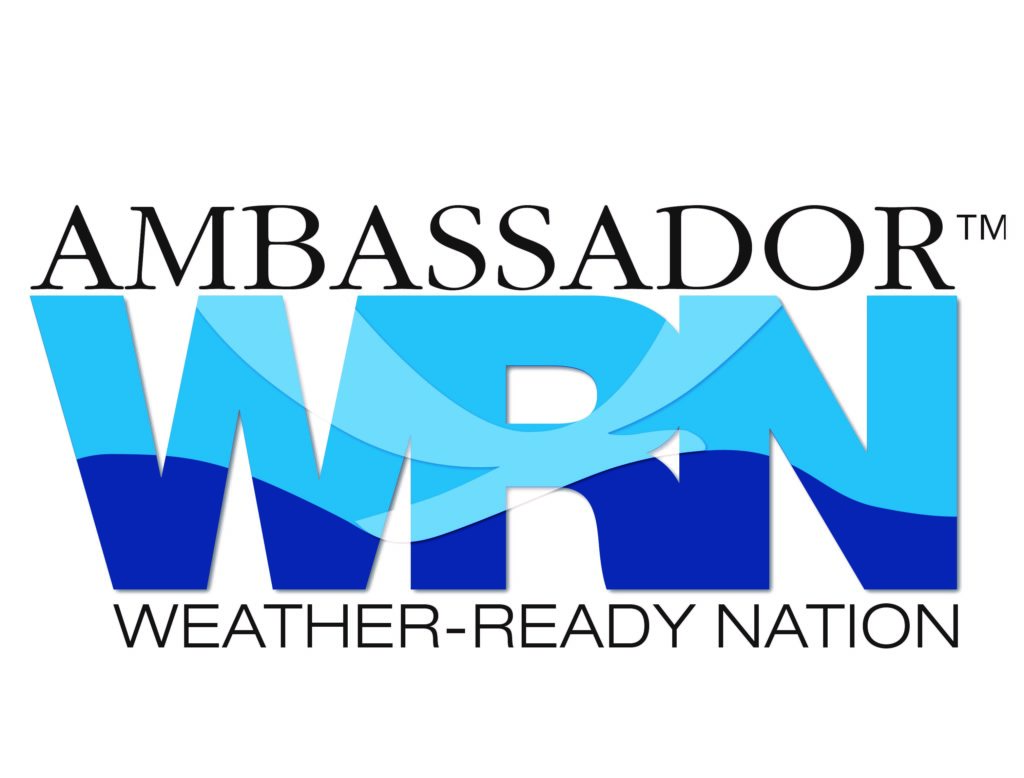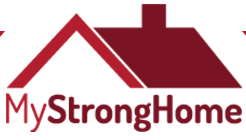– A Statement from the Federal Alliance for Safe Homes (FLASH)
Learning from the 2017 Disasters to Create a Reliably Resilient U.S.
The Learning from the 2017 Disasters to Create a Reliably Resilient U.S. FLASH paper is a very comprehensive report on all 2017 Disasters from California Wildfires to Hurricanes. It is well worth taking the time to read this report as it may open your eyes to using modern building codes whether you are rebuilding from a disaster or you may want to upfit your current home to help reduce damages from a disaster.
Federal Alliance for Safe Homes (FLASH)
Aug 23, 2018, 12:08 ET
TALLAHASSEE, Fla., Aug. 23, 2018 /PRNewswire/ — As Hurricane Lane approaches the Hawaiian Islands, and the country marks the anniversaries of devastating 2017 disasters, the nonprofit Federal Alliance for Safe Homes is reminding leaders to embrace the best opportunity they have to ensure the safety and resilience of communities: modern building codes.
Building failure investigations have proven again and again that well-enforced building codes are the first and most important line of defense from natural disasters, yet far too many communities overlook this proven tool. Codes are one of the most powerful ways to ensure swift and successful “bounce back” after earthquakes, floods, hurricanes, tornadoes, and wildfires, but only if leaders ensure they are in place.
The breakdown not only occurs before the disasters strike, but often during disaster recovery as well. As explained in the June 2018 FLASH paper, Learning from the 2017 Disasters to Create a Reliably Resilient U.S., this sets up a cycle known as “Build-Destroy-Rebuild” where we build either without building codes or with outdated codes, natural disasters destroy our buildings, and then we rebuild the same way, thereby perpetuating the problem. The paper examines several of the major disasters of 2017 and explores what we knew, what we learned, and how we can move forward to break the costly cycle.
“The more time that passes after major disasters like Harvey, Irma, Maria, and the deadly California wildfires, the more difficult it is to maintain a commitment to building back better and stronger,” said FLASH President and CEO Leslie Chapman-Henderson. “That is why we are calling on state and local leaders to adopt and enforce modern building codes and standards, especially in communities without them today.”
After the 2017 experience, families are beginning to understand and demand strong buildings and communities that are prepared before disaster strikes. Now it is up to the local and state leaders to make it happen. Read the full commentary here.
About FLASH
The nonprofit Federal Alliance for Safe Homes (FLASH) is the country’s leading consumer advocate for strengthening homes and safeguarding families from natural and manmade disasters. The FLASH partnership includes more than 100 innovative and diverse organizations that share a vision of making America a more disaster-resilient nation including: BASF Corporation, FEMA, Florida Division of Emergency Management, Huber Engineered Woods, International Code Council, National Weather Service, Portland Cement Association, Simpson Strong-Tie, State Farm, and USAA. In 2008, FLASH, and Disney opened the interactive weather experience StormStruck: A Tale of Two Homes, in Lake Buena Vista, FL. Learn more about FLASH and access free consumer resources by visiting www.flash.org, calling toll-free (877) 221- SAFE (7233), following @federalalliance on Twitter, on Facebook.com/federalalliance, and the FLASH blog – Protect Your Home in a FLASH.
SOURCE Federal Alliance for Safe Homes (FLASH)
